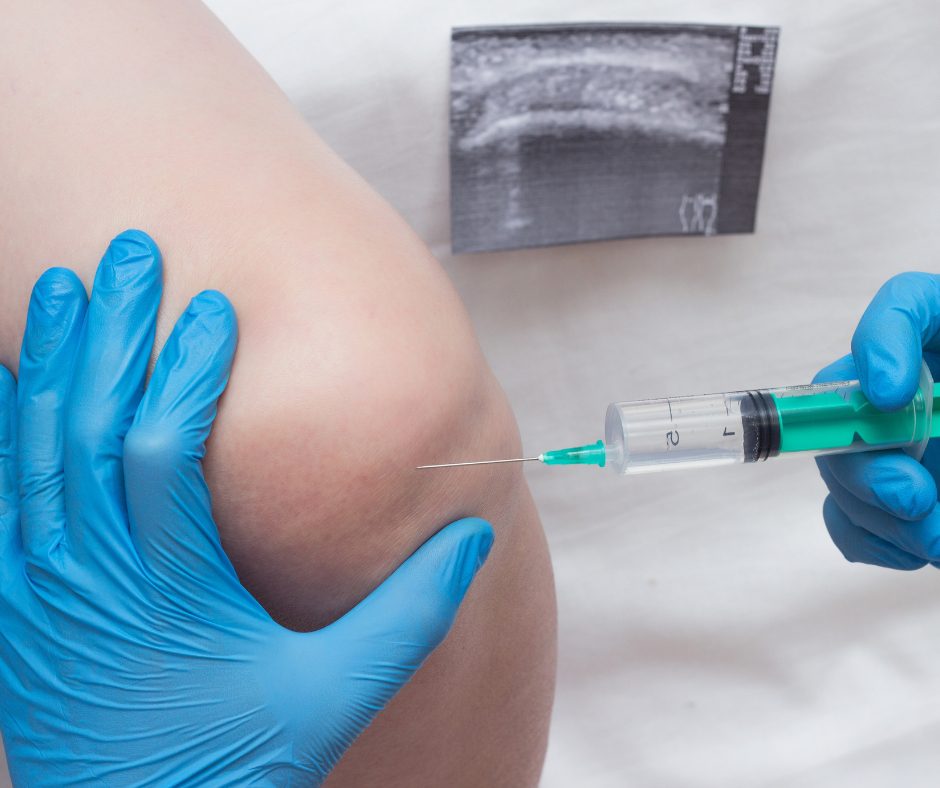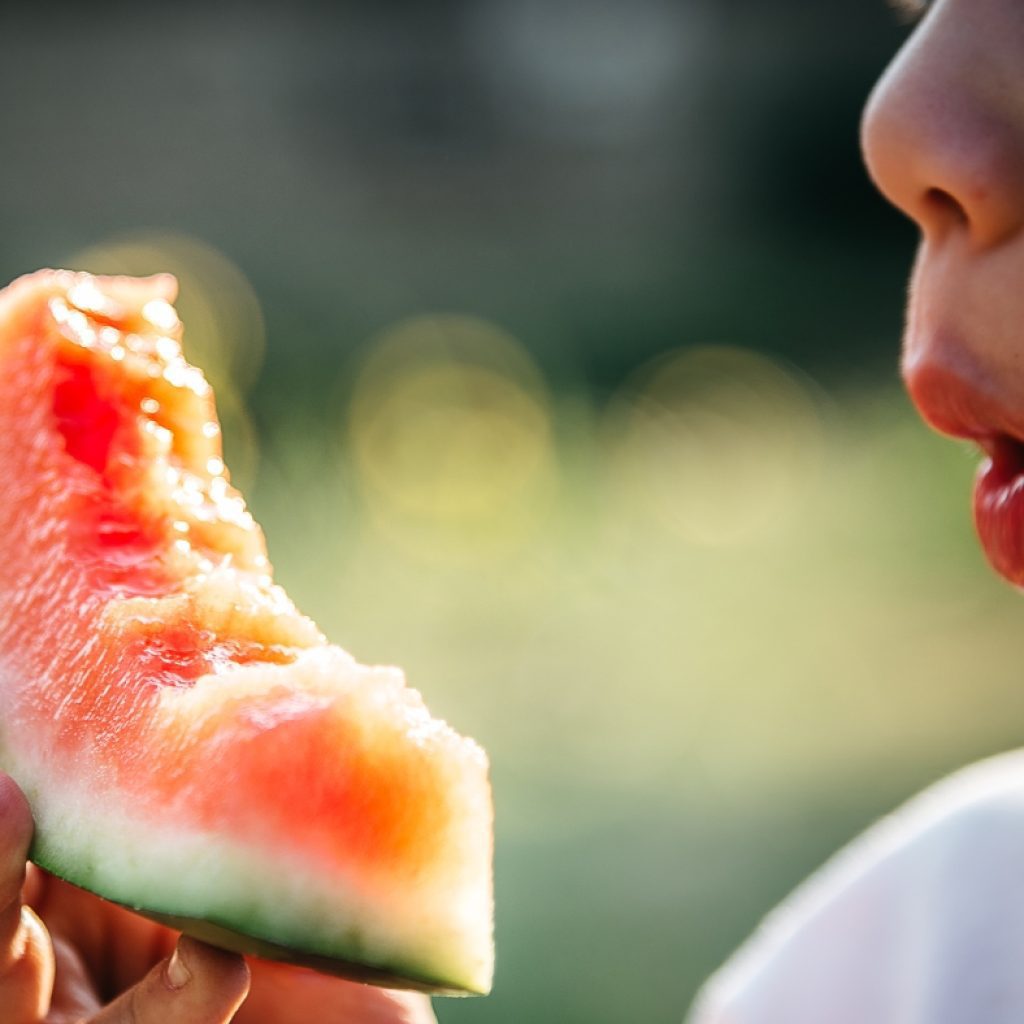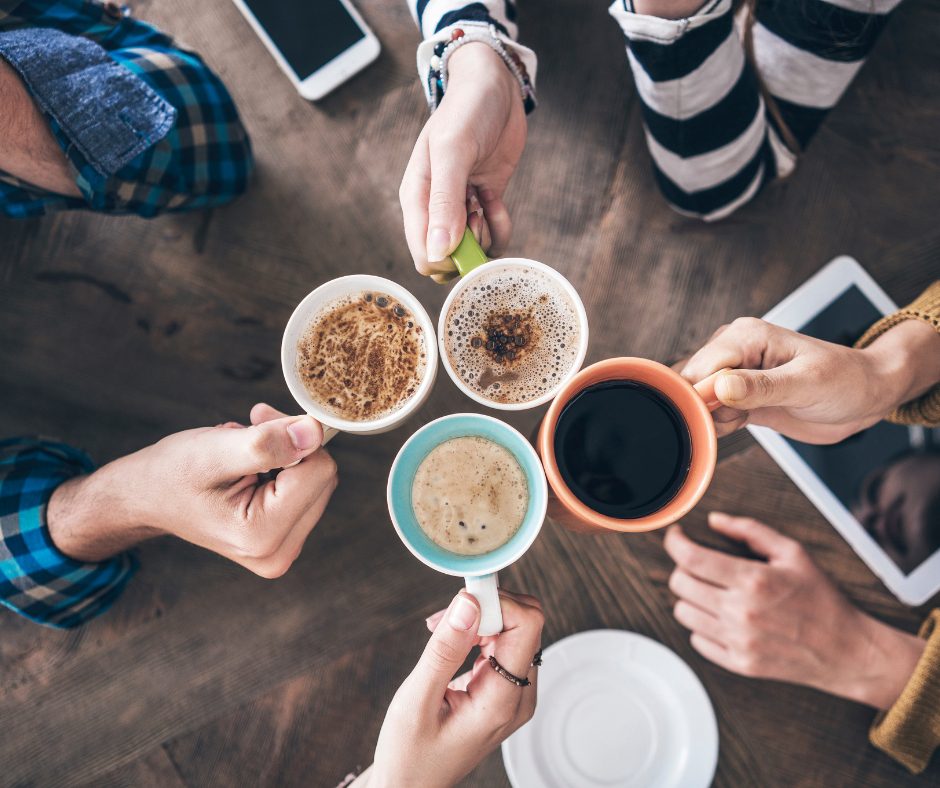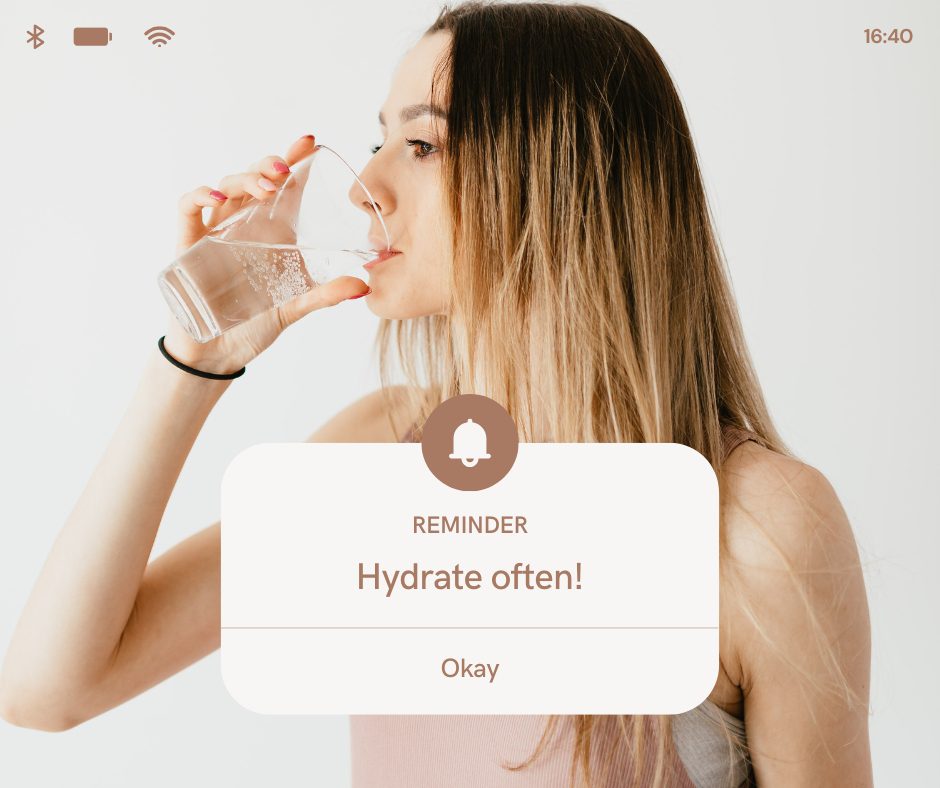Open almost any nutrition blog and you’ll be showered with advice about chia seeds, collagen powders, or the latest berry flown in from a remote rainforest. Yet the substance that determines whether those “super-foods” can even be absorbed is so common we flush it down the drain every day.
Water is the cellular freeway on which glucose, amino acids, electrolytes, and hormones commute; it is the lubricant that keeps joints gliding, the shock absorber that protects your brain with every footstep, and the chemical reagent that splits molecules so you can harvest their energy.
Despite its omnipresence, chronic low-grade dehydration is estimated to affect up to 75 % of adults in industrialized nations. The consequences masquerade as ordinary complaints: afternoon brain fog, sugar cravings, stubborn weight-loss plateaus, tension headaches, constipation.
A mere two-percent drop in body water can shrink brain tissue measurably on MRI and cut cognitive performance by a similar margin. Athletes see speed and power drop; older adults see balance falter.
This handbook’s goal is twofold:
- To unpack the biology so you understand why hydration matters far beyond simply quenching thirst.
- To hand you practical, evidence-based tactics you can implement at every life stage, in every climate, without wasting plastic or cash.
By the time you reach the final page you will know:
• Exactly how much water you, not the mythical “average person,” need.
• The subtle warning signs that creep in hours before you feel parched.
• How to hydrate for peak endurance, laser-sharp focus, deep recovery — and sustainable planetary health.
Contents
- 1 What Science Tells Us About Water and Health
- 2 The Takeaway
What Science Tells Us About Water and Health
Life doesn’t just need water — it runs on it. From powering chemical reactions inside cells to keeping your body cool and cushioning your joints, water is the ultimate multitasker.
In the following sections, we’ll zoom in on its hidden roles: chemistry lab, climate control, and structural support system — all packed into every drop.
- Universal Solvent & Transport Medium
- Blood plasma is roughly 92 % water. Every nutrient you absorb — from vitamin C to LDL cholesterol — travels through this liquid highway. Hormones hitch rides to distant receptors, and oxygen dissolves in plasma before binding hemoglobin. Think of water as the city’s public-transit network; without it, cellular deliveries grind to a halt.
- Metabolic Engine
- Many reactions that break food into usable energy are hydrolysis reactions — literally “water-splitting.” During digestion, enzymes insert an H and an OH (the components of water) into macronutrient bonds, snapping them so glucose, fatty acids, and amino acids can be released. No water, no fuel.
- Electrical Conductor
- Dissolved ions — sodium, potassium, calcium, chloride — give water its electrical punch. They create the millisecond voltage changes that fire every neuron and contract every muscle fiber, including the heart. A fluid imbalance rapidly becomes an electrical imbalance, which is why severe dehydration can trigger arrhythmias.
Homeostasis in Action: Regulating Heat and Hydration
Your hypothalamus is a 24/7 thermostat. When core temperature climbs, it orders eccrine sweat glands to excrete a salty mixture that spreads over the skin. Each gram of sweat that evaporates removes ~ 0.58 kcal of heat.
But this evaporative cooling only works if there is enough fluid in the extracellular pool; run the well dry and the internal “air-conditioner” fails, allowing heat to spiral upward into dangerous territory.
Structural Support – Hydrated Hardware
- Synovial Joints
- Synovial fluid (≈ 80 % water) forms a friction-reducing film as thin as a soap bubble yet strong enough to keep bones from grinding.
- Spinal Discs
- The nucleus pulposus — gel center of each intervertebral disc — acts like a waterbed. Well-hydrated, it diverts shock and maintains disc height; dehydrated, it flattens, compressing nerves and causing back pain.
- Eyes
- The vitreous humor is 99 % water trapped in a collagen mesh, giving eyeballs their shape and optical precision. Dehydration subtly alters its viscosity, contributing to eye strain.
When Water Runs Low: The Stages of Dehydration
Dehydration doesn’t crash in like a storm; it creeps in with whispers. A dry mouth or sudden hunger pang may be your body’s first nudge long before the real alarms — dizziness, confusion, or heat stroke — set in.
Understanding the spectrum helps you catch the early cues before performance and health take a serious hit.Stage % Body-Weight Lost Common Signs Physiological Impact Mild 1–2 % Thirst, dry lips, slight fatigue ↓ cognitive speed up to 10 % Moderate 3–5 % Headache, rapid heartbeat, irritability ↑ core temp, ↓ endurance 20–30 % Severe 6 % + Dizziness, confusion, low blood pressure Risk of heat stroke, kidney injury
Key takeaway: thirst is a lagging indicator. By the time your mouth feels dry, performance has already slipped.
Subtle early signs include lightheadedness when standing (orthostatic drop), rumbling hunger shortly after eating (often misread as a need for snacks), or darker-than-usual morning urine.
Learning to regard these whispers prevents the need for the body’s louder shouts.
Personalizing Your Daily Intake
Daily water needs aren’t one-size-fits-all. The “8 glasses a day” rule doesn’t work for everyone — your water needs depend on who you are, what you eat, where you live, and how active you are. Here are the main factors that shape your daily hydration:
- Body Size & Muscle vs. Fat
- Bigger bodies and people with more muscle carry more water. On average, men are about 60% water, while women are closer to 50–55% since fat tissue holds less water than muscle.
- Activity Level
- The more you move, the more you sweat. Light to moderate exercise usually costs you 0.5–1 liter per hour. In hot, humid conditions, a trained athlete can lose over 2 liters in an hour.
- Environment
- Hot & Humid Weather: You sweat more to cool down.
- Cold or High Altitude: You may not feel sweaty, but you still lose water faster through your breath.
- What You Eat
- High-fiber meals need extra water to move through your gut.
- High-protein or low-carb diets push your kidneys to work harder, so they need more water to clear out byproducts.
- Salty foods make you thirsty because they temporarily draw water out of your cells.
- Life Stages & Health
- Pregnancy, breastfeeding, fevers, vomiting, diarrhea, or certain medications (like diuretics) all increase fluid needs.
- Water From Food
- You don’t get all your hydration from drinks — about 20% typically comes from fruits, vegetables, soups, and even cooked grains.

Hydration Across Life Stages
Hydration needs change as we grow. For infants up to six months, breast milk or formula provides all the fluid they need, and giving plain water can actually be unsafe.
Between six and twenty-four months, as solid foods are introduced, small sips of water from a cup help little ones develop drinking skills and start to recognize thirst. School-age children often get too busy with play or limited by classroom routines, so sending them with a labeled water bottle makes it easier to sip throughout the day.
During adolescence, rapid growth and more active sweat glands increase fluid needs, especially for young athletes who may require four to five liters on long tournament days.
For adults, the challenge is usually not sweating but forgetting to drink—long hours in front of screens can dull thirst cues. Pairing hydration with everyday moments, like unlocking the phone or during ad breaks, can make drinking water automatic.
For older adults, the risk of dehydration rises because the sense of thirst weakens and the kidneys lose some ability to conserve water.
This combination can lead to dizziness, falls, constipation, infections, or even confusion during illness. Simple strategies help: pitchers marked with hourly levels, flavored cubes made from fruit or herbal tea to make water more appealing, and reminder calls from family or friends — all of which encourage steady, safe hydration.
Performance Edge – Physical & Cognitive
Staying hydrated isn’t just about quenching thirst — it directly affects how your body moves, how your brain thinks, and how quickly you bounce back after exercise.
Muscles & Heart
- When you don’t drink enough water, your blood gets thicker. This makes your heart work harder and beat faster just to pump the same amount. That’s why exercise feels tougher when you’re dehydrated.
- Muscles are about 75% water. Without enough fluid, they can’t contract properly because the tiny “hooks” (called actin and myosin) that help muscles pull together don’t work as well. This means less strength.
Brain & Mood
- Losing even 1% of your body’s water can affect your brain. You might feel more anxious, forget things easily, or have trouble focusing.
- Scans of the brain show that dehydration can make brain cells shrink a little, which stresses their connections and slows down thinking.
Recovery & Immunity
- After exercise, water helps move nutrients like sugar (for energy) and amino acids (for repair) into your muscles.
- It also helps flush out waste like lactic acid and carbon dioxide, which speeds up recovery and reduces sore muscles.
Smart Hydration Tips
Water powers your body like fuel powers a car. These smart hydration habits keep you running smoothly all day.
- Morning boost
- Drink about 1 cup (300 mL) of water right after waking up. This replaces the water your body loses while you breathe at night.
- Before meals
- Have a glass of water before eating. It helps you feel full and supports digestion.
- When exercising hard
- If you’re active for more than 90 minutes, add electrolytes. That means sodium (salt), potassium (like in bananas), and a little magnesium. These help prevent cramps and keep your energy up.
- Make it tasty
- Add lemon, berries, mint, ginger, or cucumber to your water. It gives extra vitamins and makes drinking water more fun.
- Use tech
- Apps like Plant Nanny or smart bottles can remind you to drink water. Some even light up if you forget!
- Eco-friendly bottles
- Carry a reusable stainless steel or BPA-free water bottle. It’s better for the planet and keeps your drink cold.
- Party night
- For every alcoholic drink, sip water too. A good rule: drink at least half as much water as the alcohol you had. This helps reduce dehydration.

Myth Busting
| Myth | Reality |
|---|---|
| Caffeine is mildly diuretic, but the water in coffee offsets that; net effect is hydrating for regular drinkers. | Crystal-clear may signal over-hydration and electrolyte dilution. Aim for pale-straw yellow. |
| “Coffee dehydrates you.” | Many municipal supplies are rigorously tested; the environmental impact of single-use plastic is significant. |
| “All bottled waters are healthier than tap.” | Many municipal supplies are rigorously tested; environmental impact of single-use plastic is significant. |
| “Sports drinks are essential for casual exercisers.” | For workouts under an hour, plain water (plus a balanced diet) suffices. |
The Takeaway
Water isn’t just a drink — it’s the foundation of every system in your body, from your brain’s sharpness to your muscles’ strength and your heart’s steady beat. Even mild dehydration can quietly drain your energy, slow your thinking, and put your health at risk.
The good news? Staying hydrated doesn’t require expensive supplements or exotic “superfoods.” It’s about simple, consistent choices: starting your morning with a glass, pairing water with meals, paying attention to your body’s early signals, and making hydration part of your daily rhythm.
Your challenge: starting today, put one of the smart hydration habits into action. Whether it’s flavoring your water with lemon, setting reminders on your phone, or carrying a reusable bottle, small steps lead to lasting change.
👉 Drink with intention. Sip smarter. Feel the difference.



